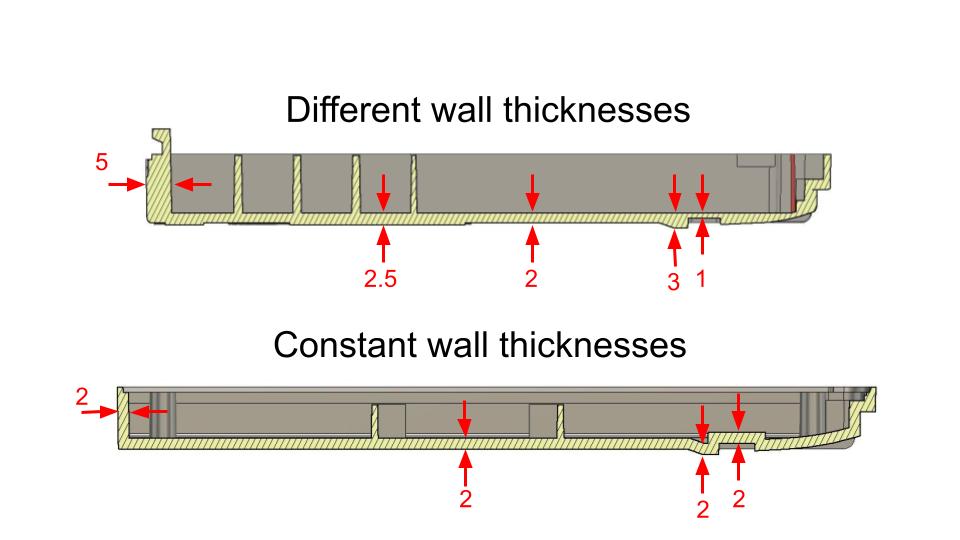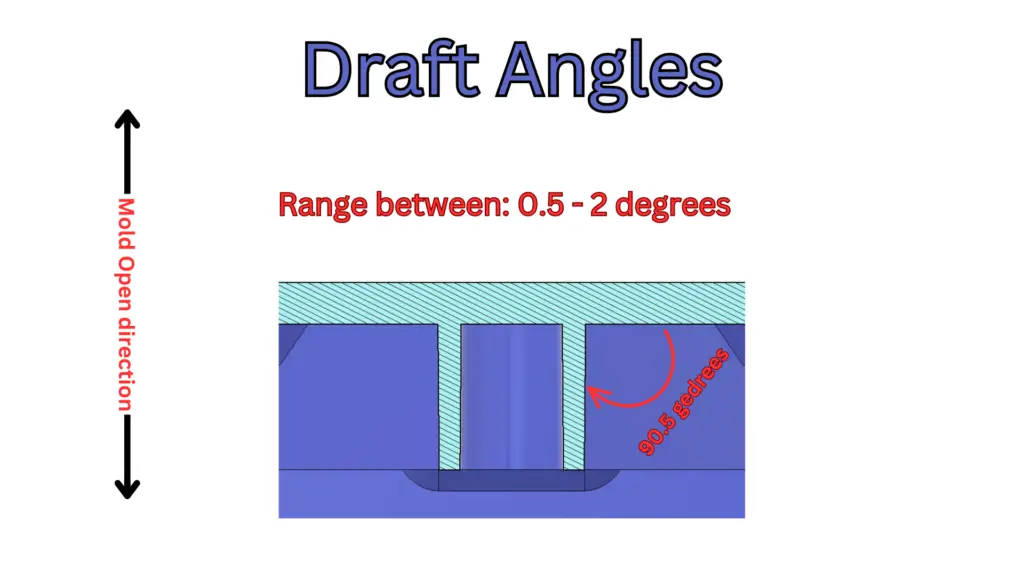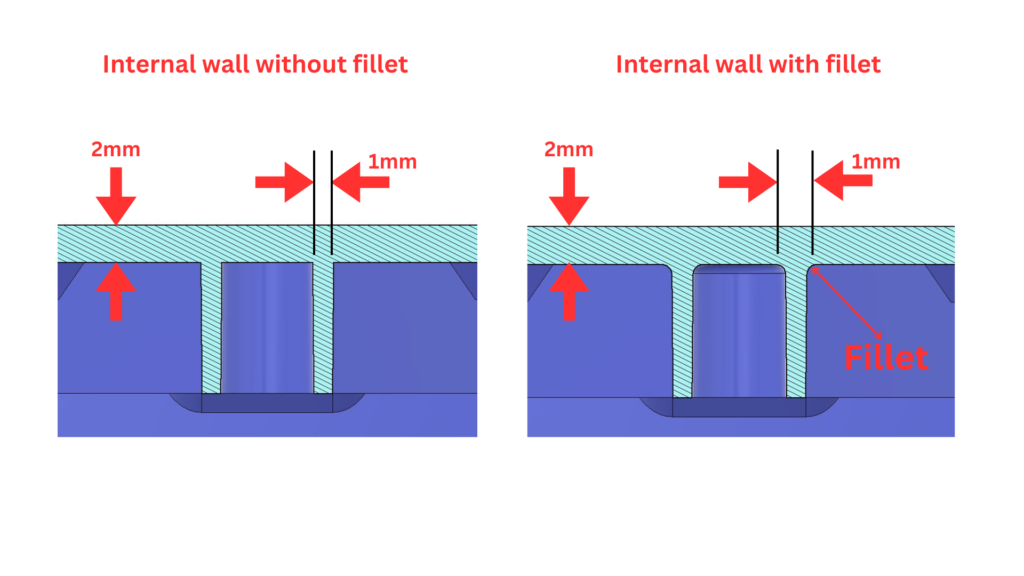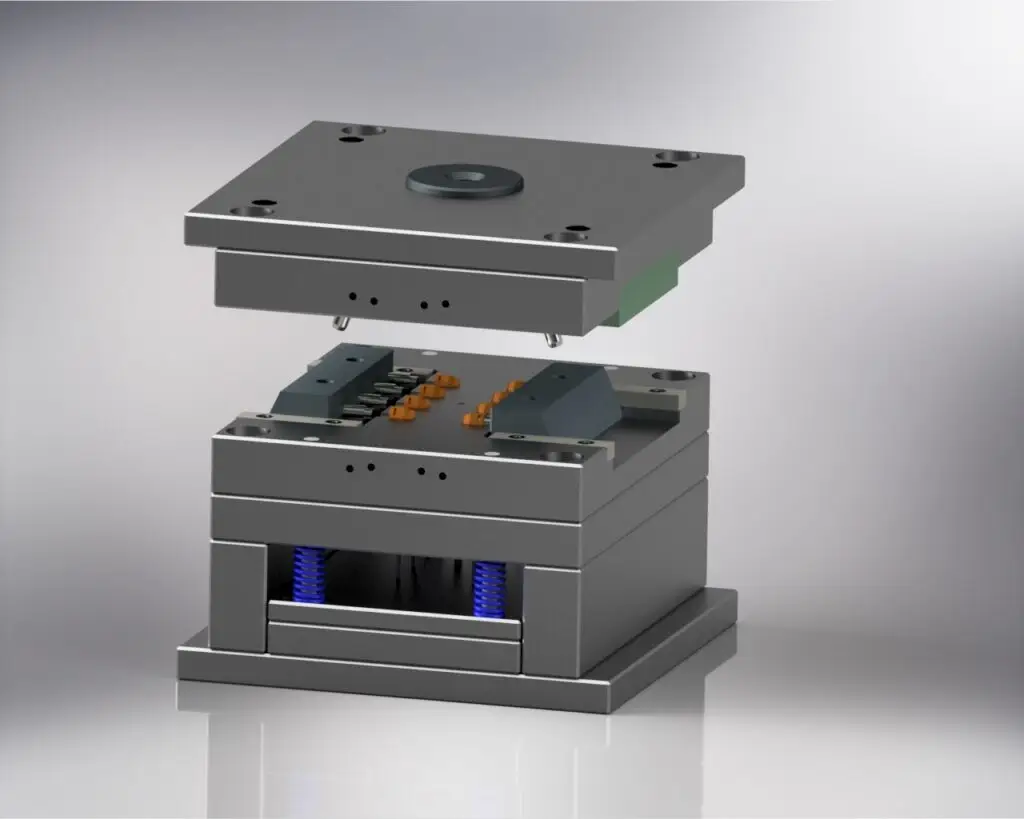How to Design for Injection Molding: 7 Rules to Slash Production Costs
Published: September 17, 2025
Table of Contents
Introduction
Design for Injection Molding streamlines plastic part production, cutting costs and waste. At 3DDFM, BP Nel Consulting offers $75/hr expertise to guide startups through DFM, saving 20-30% on costs. For example, our DFM Guide shows waste reduction techniques, unlike poor designs that inflate budgets. Thus, early DFM ensures efficiency.
Moreover, our animated exploded views showcase manufacturable designs—contact us!
Understanding Design for Injection Molding
Design for Injection Molding aligns products with DFM principles for efficiency. Poor choices lead to defects, as noted in Industry Insights. For instance, uniform features minimize issues.
Rule 1: Uniform Wall Thickness
Consistent wall thickness is key to molding design. Variations cause warping. For example, thick sections cool slower, creating shrinkage. Therefore, use 1.5-3 mm thickness and gradual transitions. This reduces cycle times and boosts efficiency.
Pro Tip: Use simulation software to analyze distribution.

Rule 2: Draft Angles for Ejection
Draft angles are critical for Design for Injection Molding. Without them, friction damages parts. For instance, aim for 0.5–2 degrees. Textured surfaces need up to 5 degrees. Consequently, this extends mold life and cuts costs.
Real-World Example: A client reduced failures by 70% with 1.5-degree drafts.

Rule 3: Optimize Ribs and Gussets
Ribs strengthen parts in molding design. However, improper design causes sink marks. For example, keep rib thickness below 60% of wall. Maintain 3:1 height-to-thickness ratio. Align with flow direction. Thus, a company eliminated defects by adjusting rib thickness.

Rule 4: Radii for Injection Molding DFM
Sharp corners create stress in DFM. Incorporate radii (0.5x wall thickness) to improve flow. For instance, a 1 mm radius reduces turbulence. Consequently, this cuts scrap rates.
Rule 5: Strategize Gate Placement
Gate placement affects filling in molding design. Poor placement causes defects. For example, position gates on non-visible surfaces. Use simulations to predict patterns. Thus, relocating a gate eliminated weld lines.
Rule 6: Minimize Undercuts
Undercuts complicate tooling in DFM. Redesign with snap-fits or living hinges. For low-volume, use aluminum molds. However, weigh against efficiency goals.
Rule 7: Select Materials Wisely
Material choice impacts molding design. For example:
Polypropylene (PP): Excellent flow.
ABS: Balances strength.
PEEK: High-performance, costly. Thus, collaborate with suppliers for alignment.
FAQ: What is the Goal of DFM in Injection Molding?
The goal of DFM in Injection Molding is to optimize designs for efficient production, reducing costs and defects. For example, it ensures uniform thickness and draft angles to minimize cycle times. Consequently, companies save 20-40% on tooling, as per our Design for Injection Molding Course. Therefore, DFM bridges design and manufacturing for success.
Case Study: Injection Molding DFM Success
A medical device startup faced high scrap rates due to uneven wall thickness in their syringe housing. By applying Injection Molding DFM, we adjusted thickness to 2 mm, reducing defects by 35% and saving $60,000. Subsequently, production sped up by 25%. Another case involved a toy manufacturer. Their complex mold design raised tooling costs. We simplified gates and radii, cutting costs by 30%. These cases show DFM’s impact.
Conclusion
Injection molding doesn’t have to be costly. By integrating these rules into Design for Injection Molding, you slash expenses and accelerate market entry. At 3DDFM, we transform concepts into manufacturable designs with $75/hr expertise. For learning, enroll in our online course or schedule a consultation.

